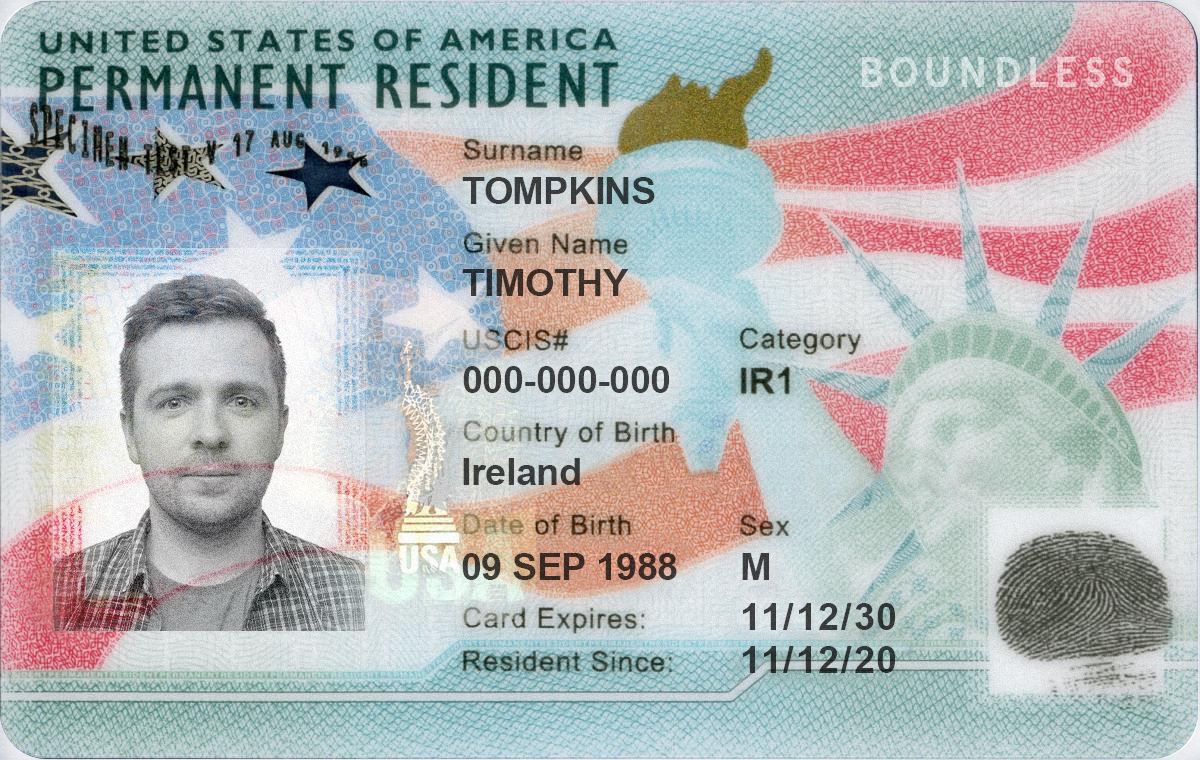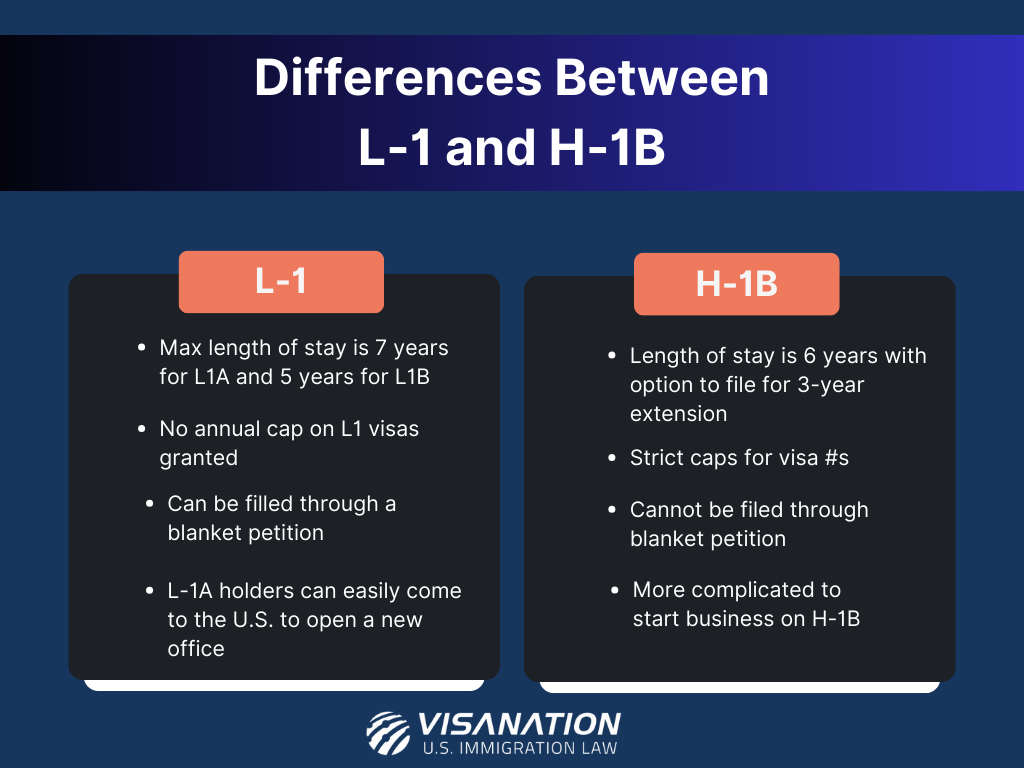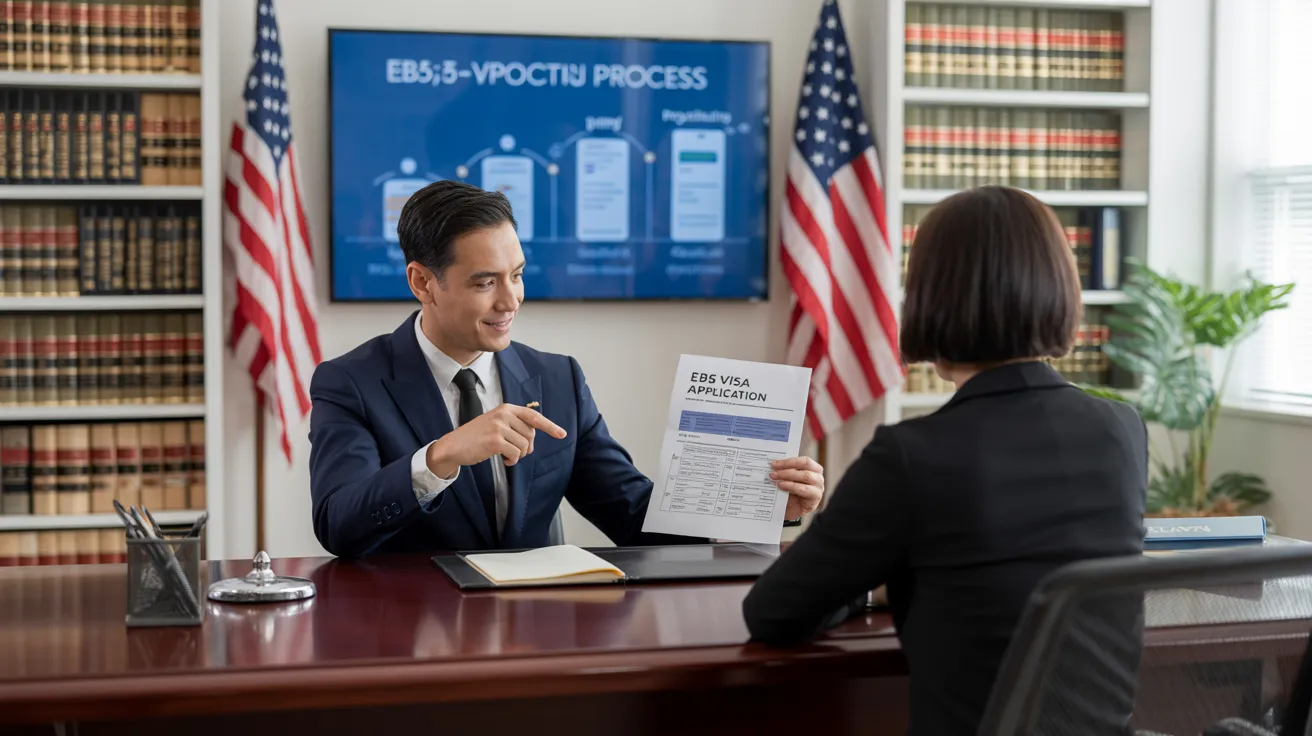L1 Visa for Investors
Examine This Report on L1 Visa
Table of ContentsSome Ideas on L1 Visa You Should KnowThe L1 Visa StatementsThe 15-Second Trick For L1 VisaThe 6-Second Trick For L1 VisaL1 Visa for BeginnersL1 Visa - Truths
Available from ProQuest Dissertations & Theses Global; Social Science Costs Collection. (2074816399). (PDF). Congress. (PDF). DHS Office of the Assessor General. (PDF). (PDF). "Nonimmigrant Visa Statistics". Obtained 2023-03-26. Department of Homeland Protection Workplace of the Inspector General, "Evaluation of Vulnerabilities and Potential Misuses of the L-1 Visa Program," "A Mainframe-Size Visa Loophole".
U.S. Department of State. Recovered 22 August 2016. "Workers paid $1.21 an hour to mount Fremont technology company's computers". The Mercury Information. 2014-10-22. Recovered 2023-02-08. Costa, Daniel (November 11, 2014). "Obscure short-lived visas for foreign technology workers dispirit wages". Capital. Tamen, Joan Fleischer (August 10, 2013). "Visa Owners Replace Employees".
The Ultimate Guide To L1 Visa
In order to be eligible for the L-1 visa, the foreign firm abroad where the Recipient was employed and the U.S. firm must have a certifying relationship at the time of the transfer. The various sorts of qualifying relationships are: 1. Parent-Subsidiary: The Parent means a company, corporation, or other legal entity which has subsidiaries that it has and manages."Subsidiary" suggests a firm, firm, or other lawful entity of which a parent has, straight or indirectly, even more than 50% of the entity, OR possesses less than 50% but has management control of the entity.
Example 1: Firm A is integrated in France and utilizes the Beneficiary. Company B is integrated in the U.S. and desires to petition the Beneficiary. Company An owns 100% of the shares of Business B.Company A is the Parent and Company B is a subsidiary. Therefore there is a certifying partnership in between both business and Business B ought to be able to fund the Beneficiary.
Firm A possesses 40% of Firm B. The remaining 60% is had and controlled by Company C, which has no relation to Firm A.Since Firm A and B do not have a parent-subsidiary relationship, Business A can not fund the Recipient for L-1.
Company An owns 40% of Company B. The staying 60% is had by Company C, which has no relationship to Firm A. Nevertheless, Firm A, by formal arrangement, controls and full takes care of Company B.Since Firm An owns much less than 50% of Business B but handles and controls the company, there is a qualifying parent-subsidiary relationship and Firm A can fund the Beneficiary for L-1.
9 Easy Facts About L1 Visa Explained
Business B is incorporated in the United state
A Biased View of L1 Visa

The L-1 visa is an employment-based visa classification developed by Congress in 1970, enabling multinational firms to transfer their managers, execs, or vital personnel to their U.S. procedures. It is generally described as the intracompany transferee visa. There are 2 main types of L-1 visas: L-1A and L-1B. These types appropriate for staff members employed in different placements within a business.

In addition, the recipient should have worked in a managerial, exec, or specialized employee position for one year within the 3 years coming before the L-1A application in the foreign business. For brand-new workplace applications, international work should have remained in a supervisory or executive ability if the beneficiary is pertaining to the United States to work as a manager or exec.
Things about L1 Visa

If given for an U.S. firm operational for greater than one year, the first L-1B visa is for approximately three years and can be prolonged for an additional two years (L1 Visa). On the other hand, if the united state business is recently established or has been functional for much less than one year, the preliminary L-1B visa is provided for one year, with expansions offered in two-year increments
The L-1 visa is an employment-based visa classification established by Congress in 1970, enabling multinational business to move their managers, execs, or vital workers to their U.S. operations. It is typically referred to as the intracompany transferee visa.
The Facts About L1 Visa Uncovered
Furthermore, the beneficiary must have operated in a supervisory, executive, or specialized employee placement for one year within the 3 years coming before the L-1A application in the foreign business. For new workplace applications, foreign employment must have remained in a managerial or executive ability if the beneficiary is coming to the United States to work as a manager or exec.
for up to seven years to supervise the operations of the united state affiliate as an exec or supervisor. If released for a united state firm that has actually been operational for greater than one year, the L1 Visa requirements L-1A visa is originally granted for approximately 3 years and can be extended in two-year increments.
If granted for an U.S. firm functional for more than one year, the initial L-1B visa is for approximately three years and can be expanded for an additional 2 years. Conversely, if the united state business is newly developed or has actually been functional for less than one year, the preliminary L-1B visa is issued for one year, with extensions readily available in two-year increments.